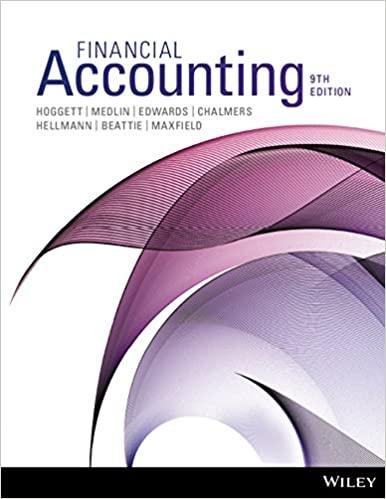Refer to the information in exercise 12.1. Complete requirements A and B but this time include the
Question:
Refer to the information in exercise 12.1. Complete requirements A and B but this time include the impact of a 10% GST.
Data from in exercise 12.1
Centenary Ceramics deals in ceramic pots and figurines. All sales are conducted on a credit basis and no cash discounts are given. Ignore GST. The following information was extracted from the accounting records at 30 June 2015:

Required
A. Assume that Centenary Ceramics uses the direct write-off method of accounting for bad debts.
1. Show the general journal entry required to write off the bad debts.
2. What amount would be shown for bad debts expense in the income statement at 30 June 2015?
3. What amount would be shown for accounts receivable in the balance sheet at 30 June 2015?
B. Assume that Centenary Ceramics uses the allowance method of accounting for bad debts and the Allowance for Doubtful Debts account had a credit balance of $2645 at 1 July 2014. Also assume that an allowance of 1% of net credit sales is required at 30 June 2015 (ignore GST).
1. Show the general journal entries required to write off the bad debts and bring in the required allowance for doubtful debts.
2. What amount would be shown for bad debts expense in the income statement at 30 June 2015?
3. What amount would be shown for accounts receivable in the balance sheet at 30 June 2015?
Step by Step Answer:

Financial Accounting
ISBN: 9781118608203
9th Edition
Authors: John Hoggett, Lew Edwards, John Medlin, Keryn Chalmers, Jodie Maxfield, Andreas Hellmann, Claire Beattie





